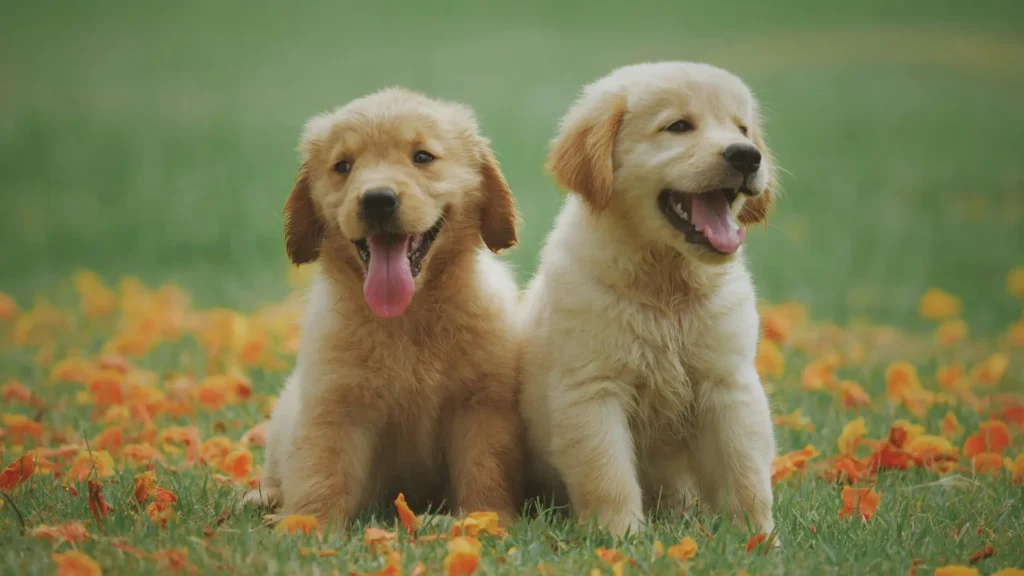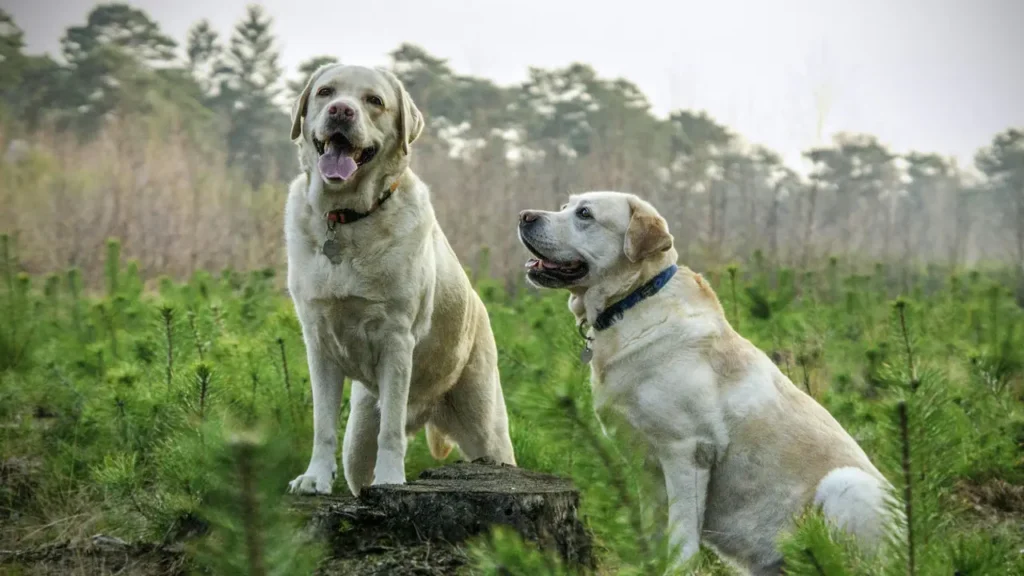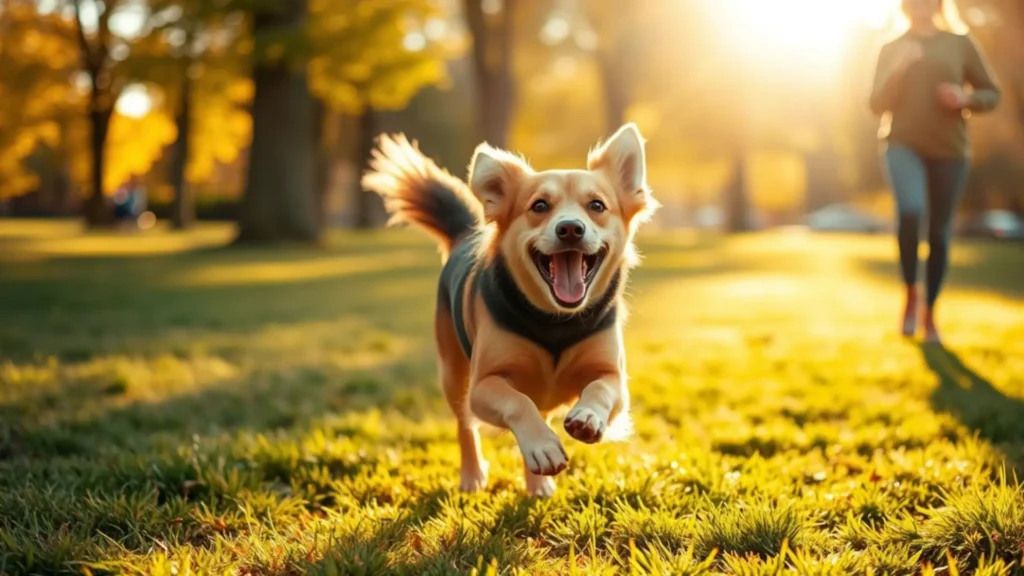Introducing your dog to a new animal requires patience, preparation, and care. The key to a successful introduction lies in creating a positive and controlled environment. With some proper strategies, you can introduce your dog to a new dog with a lot of ease. Here’s how to ensure that your dog and new pet get off on the right paw.
Prepare Ahead of Time
Before bringing a new pet into your home, ensure a smooth transition for both your existing dog and the newcomer. A well-thought-out plan can help prevent potential conflicts.
Dogs are naturally territorial. A new dog into their space leads to anxiety. To ease the process, designate a specific area in your home for the new dog. This could be a spare room, or a corner of a living room.
Equip this space with all the essentials they’ll need. Include a comfortable bed, food and water bowls, toys, a litter box.
Make sure this area is inaccessible to your existing dog during the initial stages of introduction. Use baby gates, or other barriers to keep them separated. This gives the new dog time to settle into their surroundings without feeling overwhelmed by your dog’s presence. Over time, you can gradually allow supervised interactions.
Provide separate supplies for each dog. This is crucial to avoiding territorial disputes. Stock up on duplicates of essential items to ensure that neither pet feels the need to compete for these resources.
For example, provide individual bowls for each pet to prevent food guarding. Keep a distinct set of toys for each pet. Avoid letting them share toys initially to reduce the likelihood of conflict.
Ensure both pets have their own cozy spots to retreat to when they need some downtime.
By keeping supplies separate, you’re setting clear boundaries and reducing the chances of resource-related aggression.
A tired dog is a calm dog. Before introducing your dog to the new pet, spend extra time engaging in physical activity to burn off excess energy. Take your dog for a long walk, play fetch, or engage in other forms of exercise that they enjoy.
Additionally, exercising your dog beforehand allows you to focus fully on managing the interaction between the two pets. A calm and relaxed dog is more likely to approach the situation with curiosity rather than defensiveness.
Start with Scent Introduction
Dogs rely heavily on their sense of smell to gather information about their environment. Allowing your dog and the new pet to become familiar with each other’s scent before meeting face-to-face can significantly ease the introduction process.
One effective way to introduce scents is by swapping bedding. Rub a clean towel over the new pet, capturing their unique scent, and let your dog sniff it. Similarly, rub a towel over your dog and place it in the new pet’s designated area.
This exchange helps both animals recognize each other’s presence without direct interaction. This can reduce fear when they finally meet.
You can also use clothing that carry the scent of either pet. For instance, if you’ve recently handled the new pet, allow your dog to smell your hands or clothes. This gradual exposure helps build familiarity and reduces the element of surprise during the actual introduction.
Choose a Neutral Location
Introducing your dog to a new pet in your home, can trigger territorial behavior. To avoid this, select a neutral location for the first meeting.
Neutral locations are spaces where neither animal has established ownership. Choose a nearby park, or a fenced-in backyard. In these settings, your dog is less likely to feel the need to defend their territory, and the new pet won’t feel threatened.
During the initial encounter, keep both animals on leashes to maintain control. This ensures that you can quickly separate them if tensions arise. Allow them to sniff and investigate each other briefly, but don’t force prolonged interaction.
Your demeanor plays a significant role in how your dog perceives the situation. Dogs are highly attuned to their owners’ emotions. If you’re nervous, your dog may pick up on those feelings and respond accordingly. Stay calm, speak in a soothing voice, and reward both pets with treats.
Monitor Body Language

Understanding canine body language is critical during introductions. Pay close attention to both animals’ cues to gauge whether the interaction is going well.
Look for signs that indicate curiosity, friendliness, and relaxation:
- Loose body movements, soft eyes, and a wagging tail suggest comfort and confidence.
- When a dog lowers their front end and raises their rear, it’s an invitation to play and a sign of non-aggression.
- Slow, deliberate sniffing shows interest.
- A loosely wagging tail indicates happiness.
Be vigilant for warning signs that indicate discomfort, fear, and aggression:
- A low growl signals displeasure.
- The fur along the back standing up suggests arousal.
- Prolonged eye contact can be perceived as a challenge.
- Snapping indicates escalating aggression and require immediate separation.
If either animal exhibits negative body language, calmly separate them and give them time to cool down. You can try again later, perhaps after additional scent introductions.
Keep Initial Meetings Short
Do not rush the process. Your dog need time to adjust to new relationships.
Dogs become overwhelmed during prolonged interactions with unfamiliar companions. By limiting the duration of their meetings, you allow them to process the experience without becoming overly excited. Aim for 5–10 minute sessions at first, gradually increasing the length as both pets demonstrate calm and positive behavior.
Short meetings also help prevent escalation. If either pet begins to show signs of discomfort, a brief session allows you to end things on a high note before tensions rise. Ending positively reinforces good behavior and sets the stage for future success.
Always strive to conclude each interaction with positivity. Reward both pets with treats. Offer your dogs a treat when they sit quietly near the new pet. Give the new pet verbal reassurance or a favorite toy if they seem relaxed around your dog.
Ending on a positive note helps create a favorable association with the presence of the other animal. Over time, this builds trust and encourages cooperative behavior.
Feed and Reward Separately
Feeding times are a source of tension between pets. To minimize competition and potential conflicts, it’s important to manage feeding and rewards carefully.
Feed them in close proximity can lead to resource guarding. To avoid this, feed your dog and the new pet in different rooms. Use closed doors to ensure they cannot see or access each other’s food.
If separation isn’t feasible, feed them at different times. For example, feed your dog first, then clean up their bowl before offering food to the new pet.
This approach eliminates the risk of food-related aggression and teaches both pets that mealtime is a safe and peaceful experience.
Whenever your dog exhibits calm or friendly behavior around the new pet, reward them immediately with treats, praise, or affection.
Similarly, reward the new pet for showing tolerance toward your dog. This mutual reinforcement fosters goodwill and reduces tension between them.
Be Patient and Consistent
Building a harmonious relationship between your dog and a new pet requires patience. Some take longer than others to adjust to their new companion.
Until you’re confident that both pets are comfortable together, never leave them unsupervised. Supervision allows you to monitor their body language and step in if either pet shows signs of distress.
As trust develops, you can gradually increase the amount of freedom they have around each other. However, always err on the side of caution. It’s better to supervise than to risk an incident.
Not all pets will form a close bond, and that’s perfectly okay. Some animals simply prefer limited interaction. Forcing them to engage can do more harm than good.
Respecting these boundaries is essential for maintaining a peaceful household. Provide opportunities for the new pet to retreat to a safe space where your dog cannot follow. This ensures that everyone feels secure and respected.
Animals thrive on routine. Stick to established schedules for feeding, playtime, and rest. Avoid sudden changes. Additionally, continue using positive reinforcement consistently to encourage desirable behaviors.
Over time, consistent supervision, boundary-setting, and reinforcement will foster mutual respect and understanding between your dog and the new pet.




